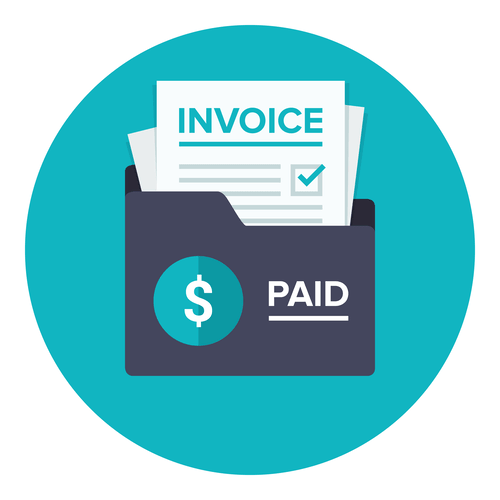Times Interest Earned Ratio: Formula, Definition, and Analysis

It might not be necessary for you to calculate the TIE ratio, but when you are looking for funding from other companies, you will be calculating the Times Interest Earned ratio on a regular basis. However, as your business grows, and you begin to turn to outside resources for funding opportunities, you’ll likely be calculating your times earned interest ratio on a regular basis. While 4.16 times is still a good TIE ratio, it’s a tremendous drop from the previous year. While Harold may still be able to obtain a loan based on the 2019 TIE ratio, when the two years are looked at together, chances are that many lenders will decline to fund his hardware store. Businesses with a TIE ratio of less than two may indicate to investors and lenders a higher probability of defaulting on a future loan, while a TIE ratio of less than 1 indicates serious financial trouble.
Limitations of the TIE Ratio
To get a better sense of cashflow, consider calculating the times interest earned ratio using EBITDA instead of EBIT. This variation more closely ties to actual cash received in a given period. To determine whether a times interest earned ratio is high, consider calculating the ratio several times over a specified period. By analyzing a company’s results over time, you will better understand whether a high calculation is standard or a one-time fluke. Given these assumptions, the corporation’s income before interest and income tax expense was $1,000,000 (net income of $500,000 + interest expense of $200,000 + income tax expense of $300,000). Since the interest expense was $200,000, the corporation’s times interest earned ratio was 5 ($1,000,000 divided by $200,000).
- If other firms operating in this industry see TIE multiples that are, on average, lower than Harry’s, we can conclude that Harry’s is doing a relatively better job of managing its degree of financial leverage.
- It’s worth mentioning that the accuracy of financial data that a company uses to calculate their TIE ratio place a significant role in the correct assessment of their financial position and decision-making.
- The resulting figure reflects the earnings generated solely from the core business activities, excluding any financial or tax-related considerations.
- A higher TIE ratio suggests that a company is more capable of meeting its debt obligations, which is critical for lenders and investors concerned with a firm’s risk level.
- Companies that have a times interest earned ratio of less than 2.5 are considered a much higher risk for bankruptcy or default.
Income Statement Assumptions
For this internal financial management purpose, you can use trailing 12-month totals to approximate an annual interest expense. So long as you make dents in your debts, your interest expenses will decrease month to month. But at a given moment, this amount can be hundreds or thousands of dollars piling onto your plate, in addition to your regular payments and other business expenses.
Consider Refinancing To Lower Interest Rates

If your current revenue is just enough to keep your debts in check —and the lights on in your office — you are not a logical or responsible bet for a potential lender (e.g., investors, creditors, loan officers). One goal of banks and loan providers is to ensure you don’t do so with money or, more specifically, with debts used to fund your business operations. As a general rule of thumb, the higher the times interest earned ratio (TIE), the better off the company is from a credit risk standpoint.
The times interest earned ratio (TIE), also known as the interest coverage ratio (ICR), is an important metric. A company’s ability to pay all interest expense on its debt obligations is likely when it has a high times interest earned ratio. The TIE ratio is based on your company’s recent current income for the latest year reported compared to interest expense on debt.
Accept Payments
The TIE ratio reflects the number of times that a company could pay off its interest expense using its operating income. Here, we can see that Harrys’ TIE ratio increased five-fold from 2015 to 2018. This indicates that Harry’s is managing its creditworthiness well, as it is continually able to increase its profitability times interest earned ratio formula without taking on additional debt. If Harry’s needs to fund a major project to expand its business, it can viably consider financing it with debt rather than equity. However, a company with an excessively high TIE ratio could indicate a lack of productive investment by the company’s management.
Fast, Free & Trustworthy Stock News Apps Tested 2024
When you go out of your way to consistently weed out expenses that can be avoided, you will find that your interest coverage ratio is also getting better. If you are a small business with a limited amount of debt, then the ratio is not all that important. SurveySparrow’s Profit & Loss Statement template is a free and customizable tool that you can use to calculate the profit or loss incurred by your business in a financial year.
What causes discrepancies in the times interest earned ratio when comparing industry averages?


